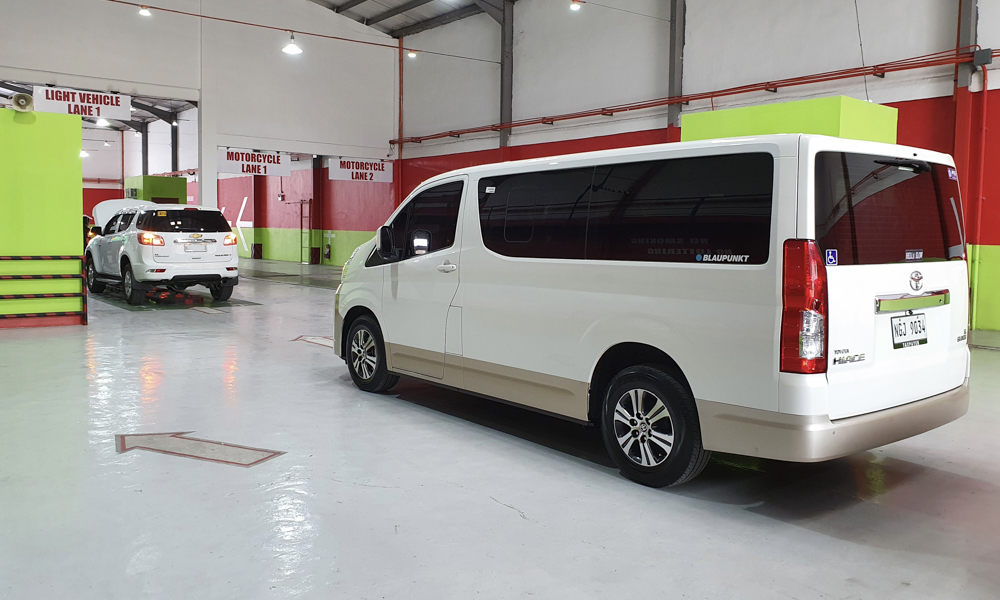
Before I begin, let me get some stuff out of the way.
Selected members of the media were invited by the Vehicle Inspection Center Operators Association of the Philippines (VICOAP) to take a closer look at a typical Private Motor Vehicle Inspection Center (PMVIC). And then the group tried to answer questions about how such a facility conducts its operations. This was the main reason we were able to get up close and take the photos that you see here. Normally, customers are not allowed to loiter around the testing area (more on that later).
The Hiace you see here is my personal vehicle. It is nine months old, and the odometer has just breached the 10,000km mark. It had just undergone its preventive maintenance service the day before I brought it to the event (and had thus been given a clean bill of health by my service center). Basically, my car would pass. My car should pass because if it didn’t, I would have a lengthy dialogue with either the PMVIC staffer or my Toyota service advisor. As expected, my van breezed through the test with flying colors.
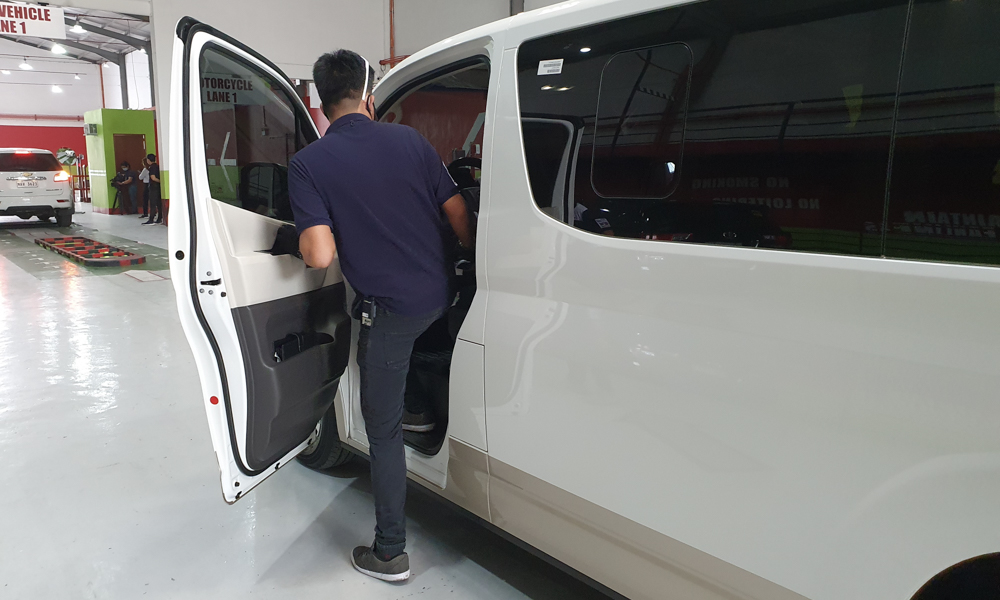
While I arranged for the PMVIC to evaluate my Hiace, I did so with other customers waiting for their turn. I did not specifically request for the entire facility to be cleared out just for me, and my van joined the queue of other cars waiting to be tested. Again, the only difference was that I was allowed to have a closer look and take pictures for your viewing pleasure.
So, that’s the housekeeping bit done. Let’s move on to more important things.
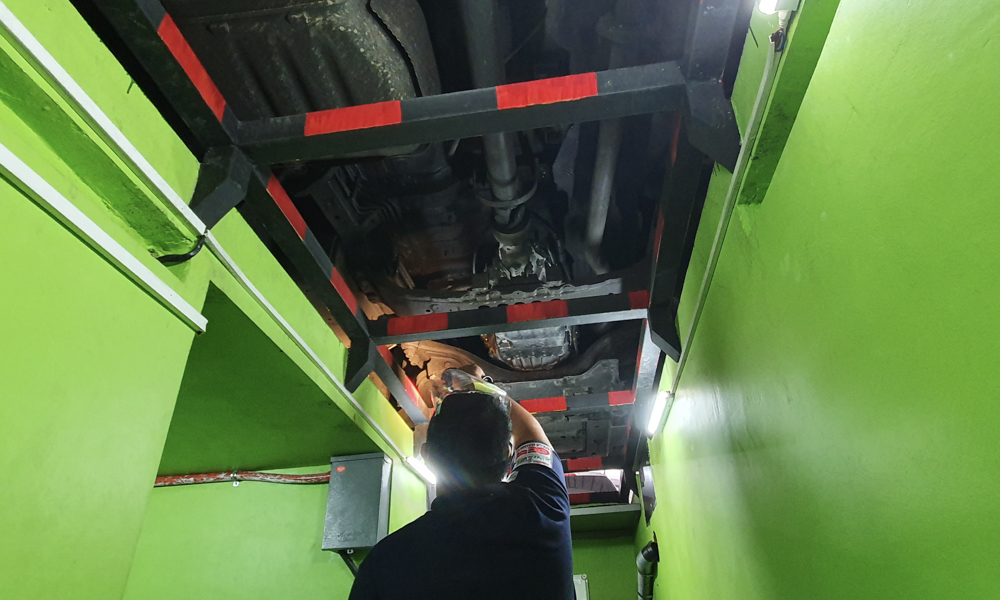
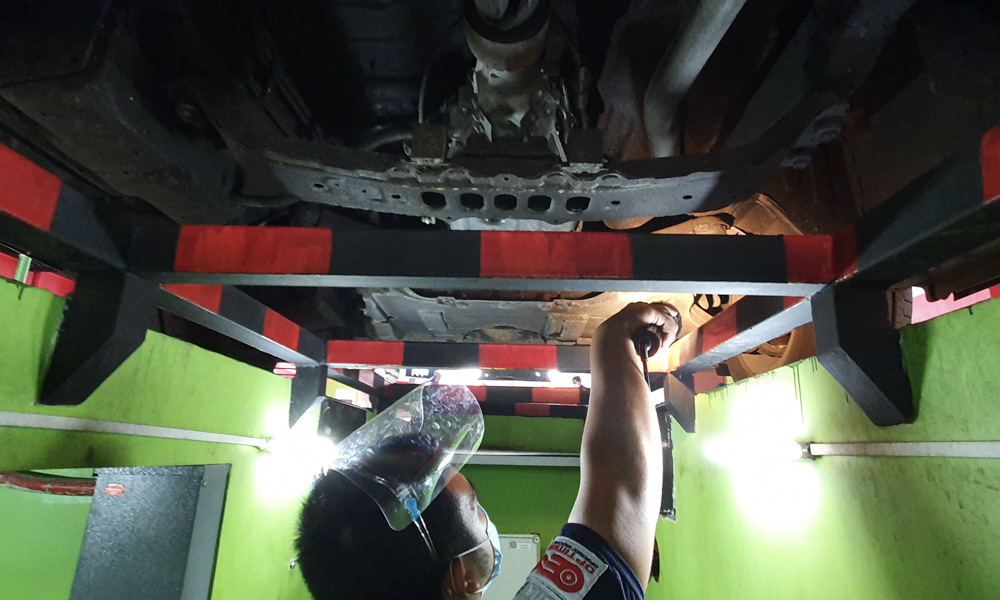
The rollout of the PMVIC was anything but smooth and silky. And let’s face it: Since when did government roll anything out in a slick fashion? From exorbitant testing fees and vehicle damage caused by the inspectors themselves to eligibility criteria for PMVIC ownership, it’s safe to say that the resulting clusterfuck basically rid the agency and the centers of what little trust the motoring public had.
I fully understand that. But on the other hand, there are still a lot of vehicles with questionable roadworthiness plying our roads. From little things like busted lights to more serious ones like ineffective brakes or malfunctioning suspension systems, you’d be lucky if one of these rolling coffins didn’t put you inside an actual casket.
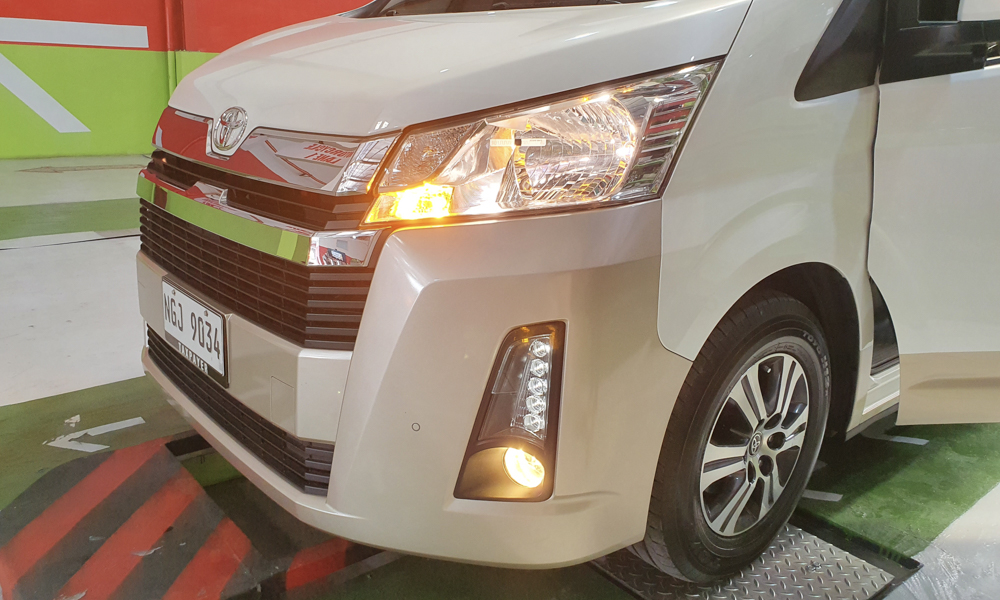
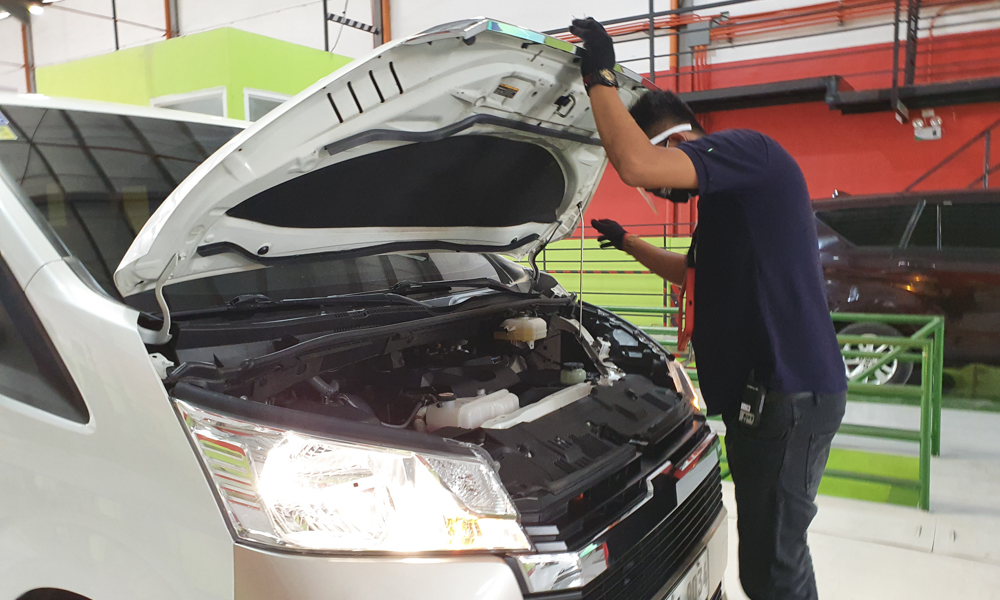
The PMVIC solves that problem by making the evaluations thorough and nearly automated. A huge part of the assessment process is done with computer. All the operator has to do is follow onscreen instructions. In addition, anything that needs manual checking is done so in a manner that makes physical tampering impossible. If your vehicle fails, it fails. End of story.
For example, the evaluation pit is deep enough to keep your undercarriage and suspension components out of reach by the inspector. In fact, even with me being taller than almost all the personnel at the center, I could hardly touch anything on my car that people could tamper with. And trust me, you don’t want to be trapped under there for very long as it is quite stuffy from the heat and the humidity brought about by the weather and the engine temperature.
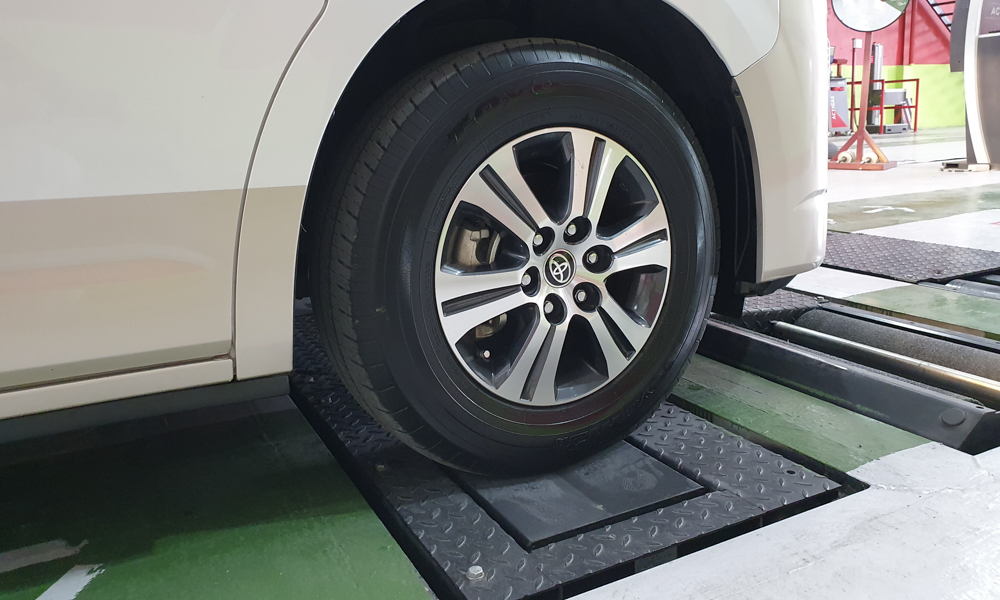
I do recognize the fact that most of us are apprehensive about handing over our beloved car to someone we don’t know (or trust) for 15 to 30 minutes. But you have to understand that some of the testing equipment have hydraulics, fast-moving components, or automated systems that could potentially injure or maim anyone not careful enough to mind the space around them. Much like how a factory’s production line is normally off-limits to visitors, the same rule applies to the PMVIC. But just for everyone’s peace of mind, each stage of the inspection is monitored by CCTV.
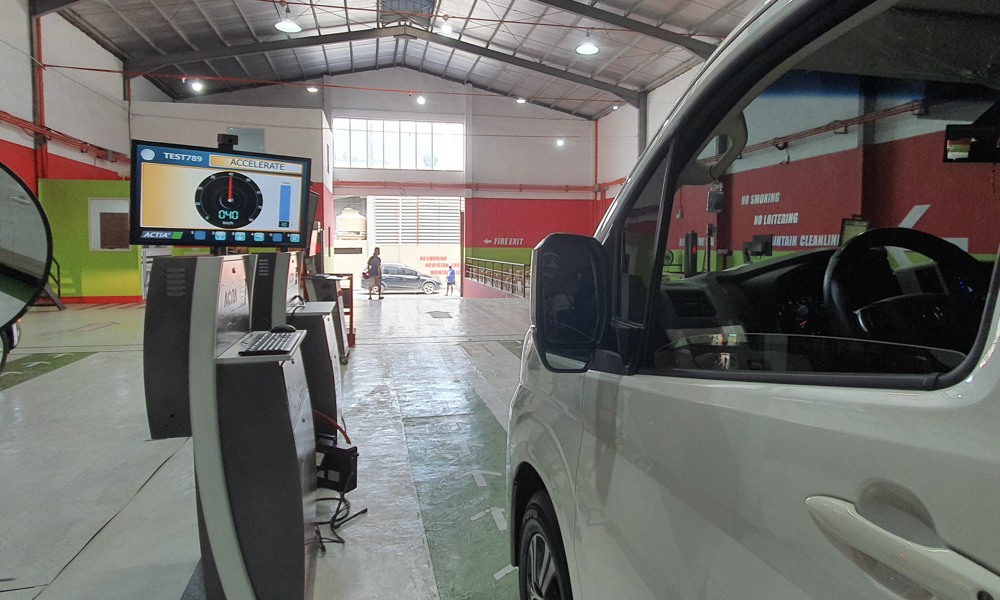
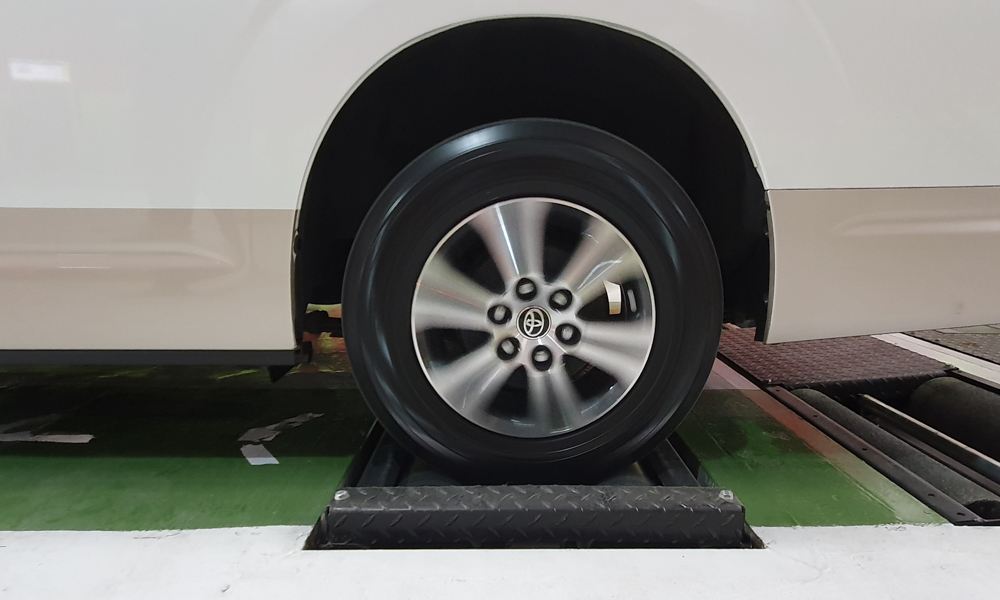
Now, you may accuse us of somehow being invested in what is basically a private venture. The PMVIC being a business is definitely correct. But you have to take my word that neither myself nor our company has anything to do with the facility that I visited. In fact, I would rather go to an inspection center in Quezon City (where I live) than deal with the traffic-infested roads leading to the one you see here (in Valenzuela, by the way).
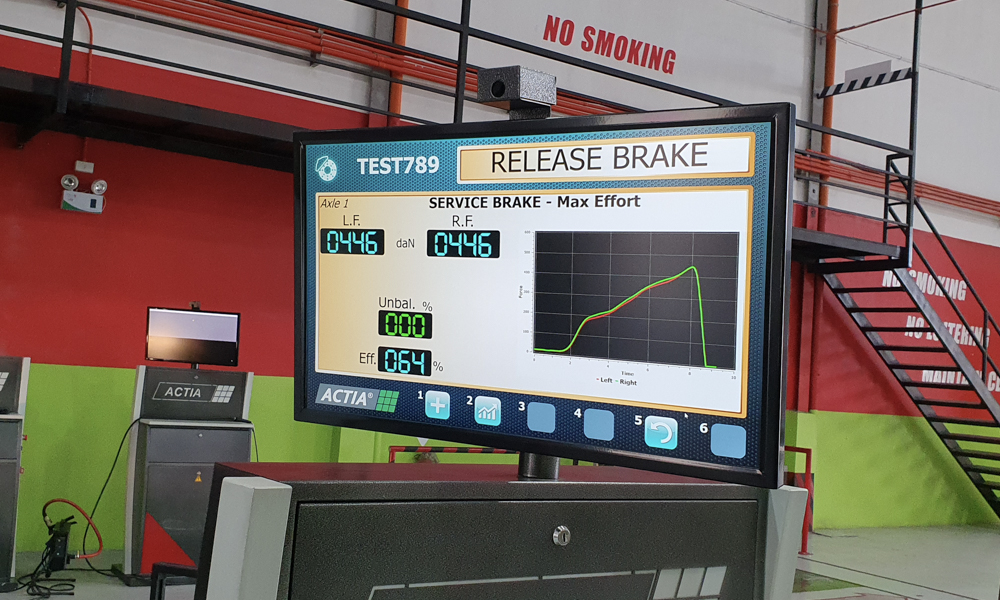
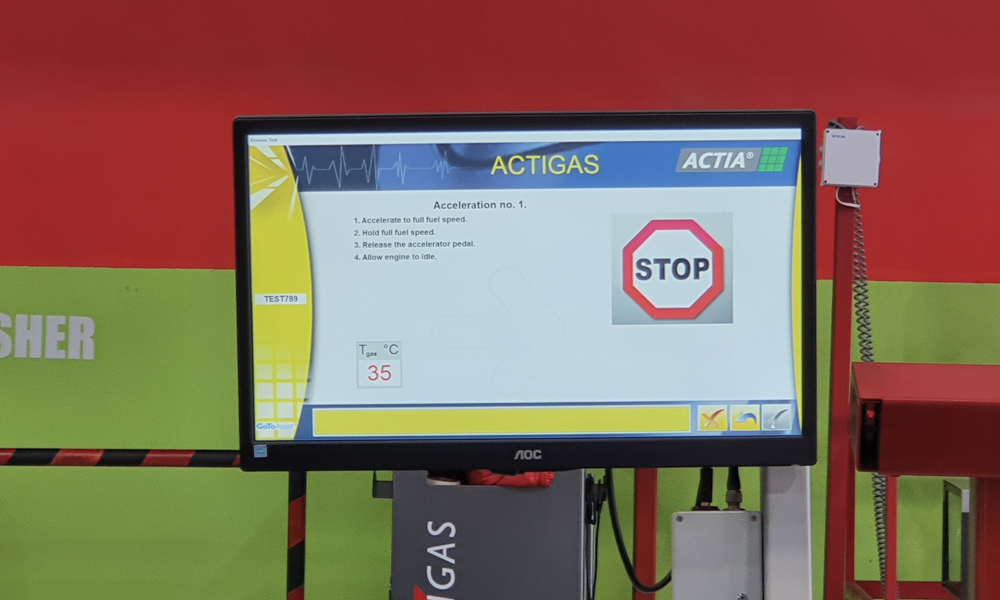
The PMVIC does not charge you for a retest in case you fail. As long as you have the receipt, you can have your vehicle reevaluated free of charge. I think that if the inspection process was somehow rigged to make your car fail, the center would’ve already made a quick buck by demanding a retest fee. Although, come to think of it, they had planned to make car owners pay a retest fee before the brouhaha blew up in their faces.
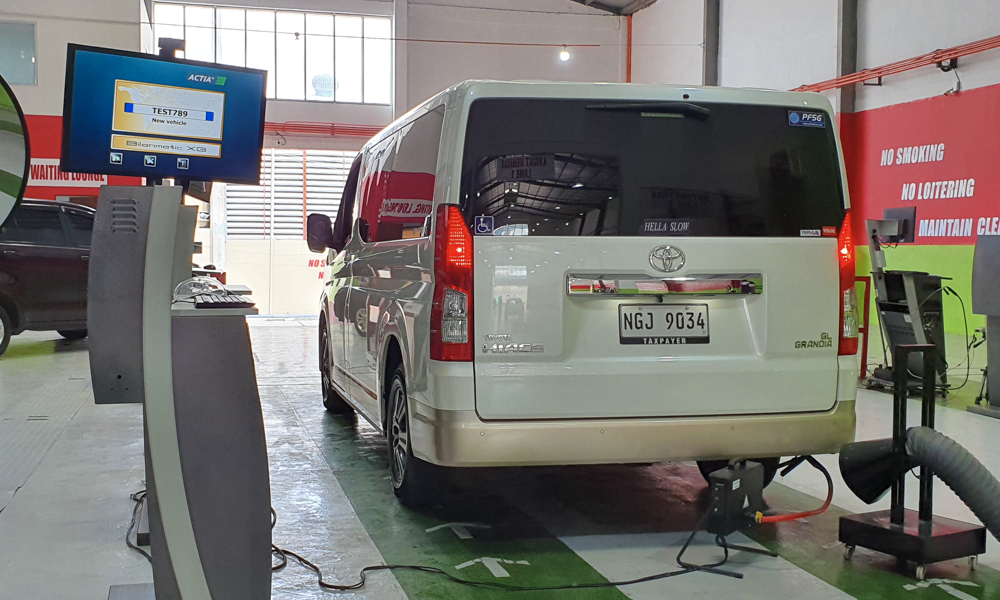
As you know, going to the PMVIC is now optional. You can still have your friendly LTO inspector do an ocular examination of your rust bucket and give it a passing grade. Heck, you can even pay a non-appearance fee if you really feel like your rolling death trap will not pass a visual evaluation (which, I guess, a lot of PUV operators do). I’m not here to tell you to avail of the PMVIC’s services because, at the end of the day, it’s really your choice. I just hope that your payment simply ends with your wallet and not with your life.
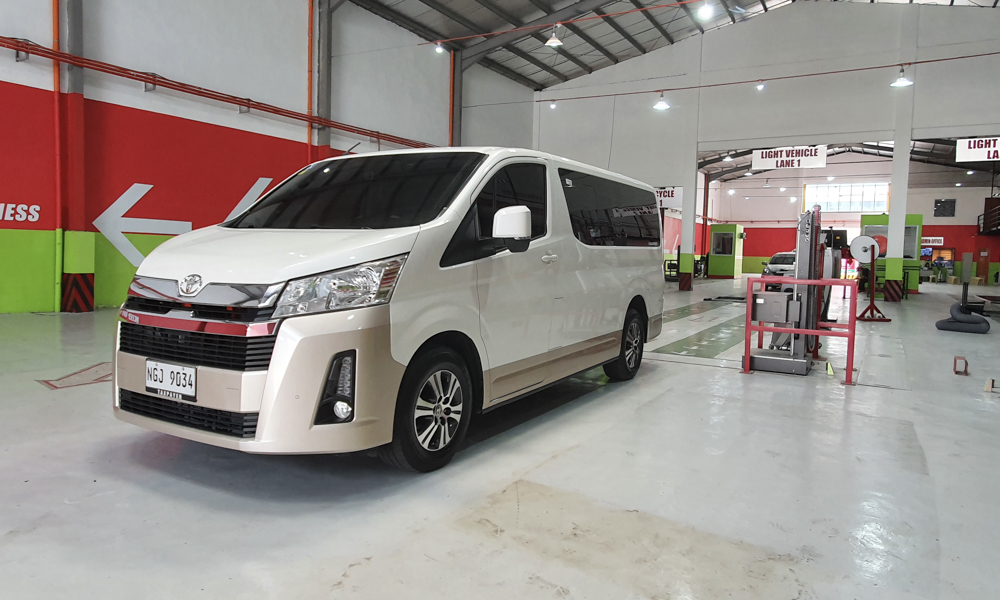
This is the list of items that each PMVIC checks on your vehicle, so at least you could come prepared when it’s your car’s turn to be evaluated.
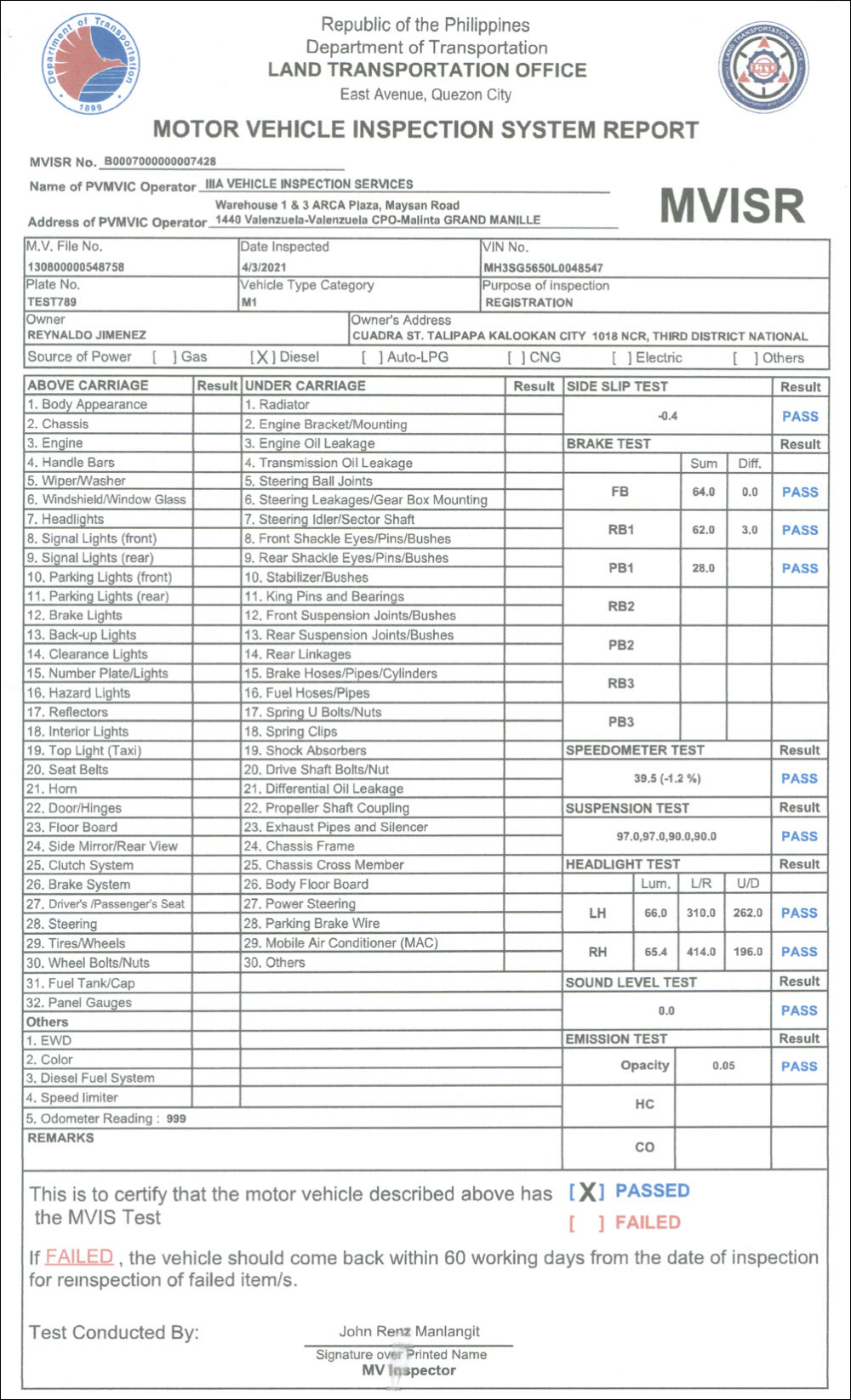
Now, about those ridiculously high fees they were originally trying to charge us…

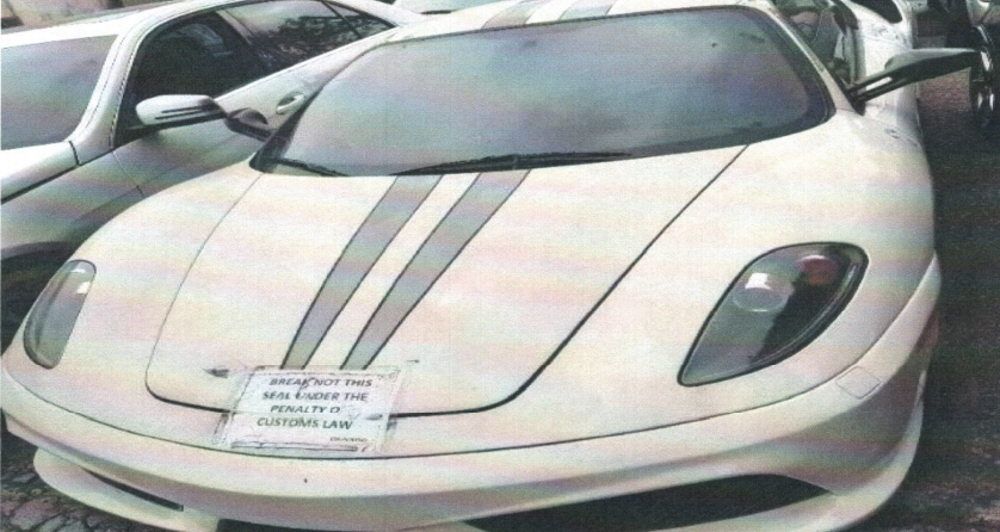

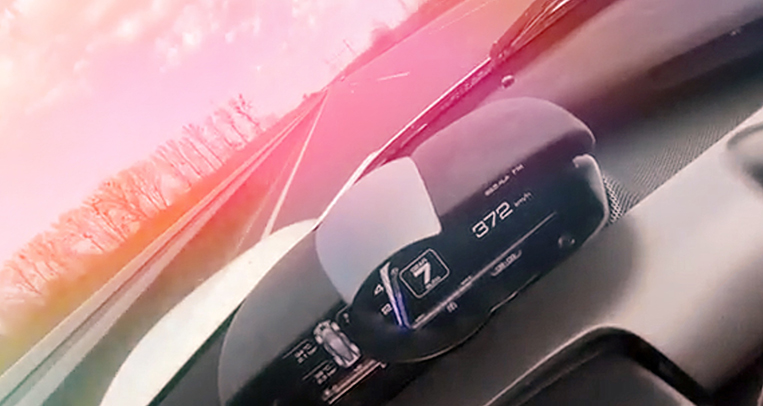
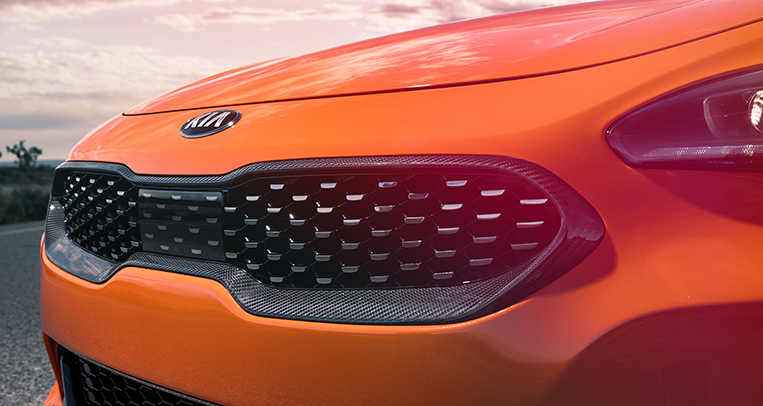
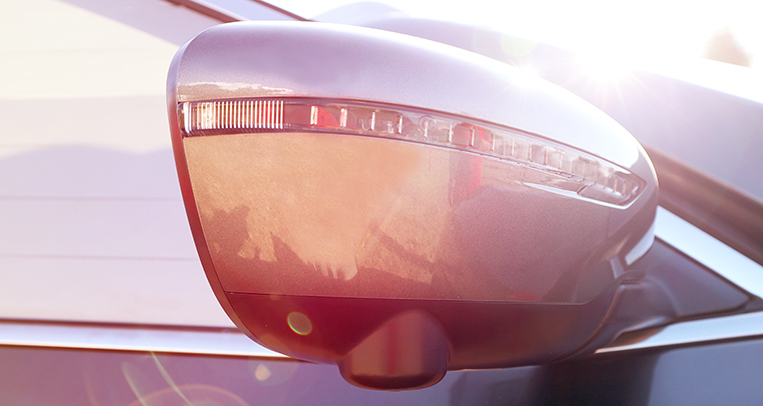





Comments